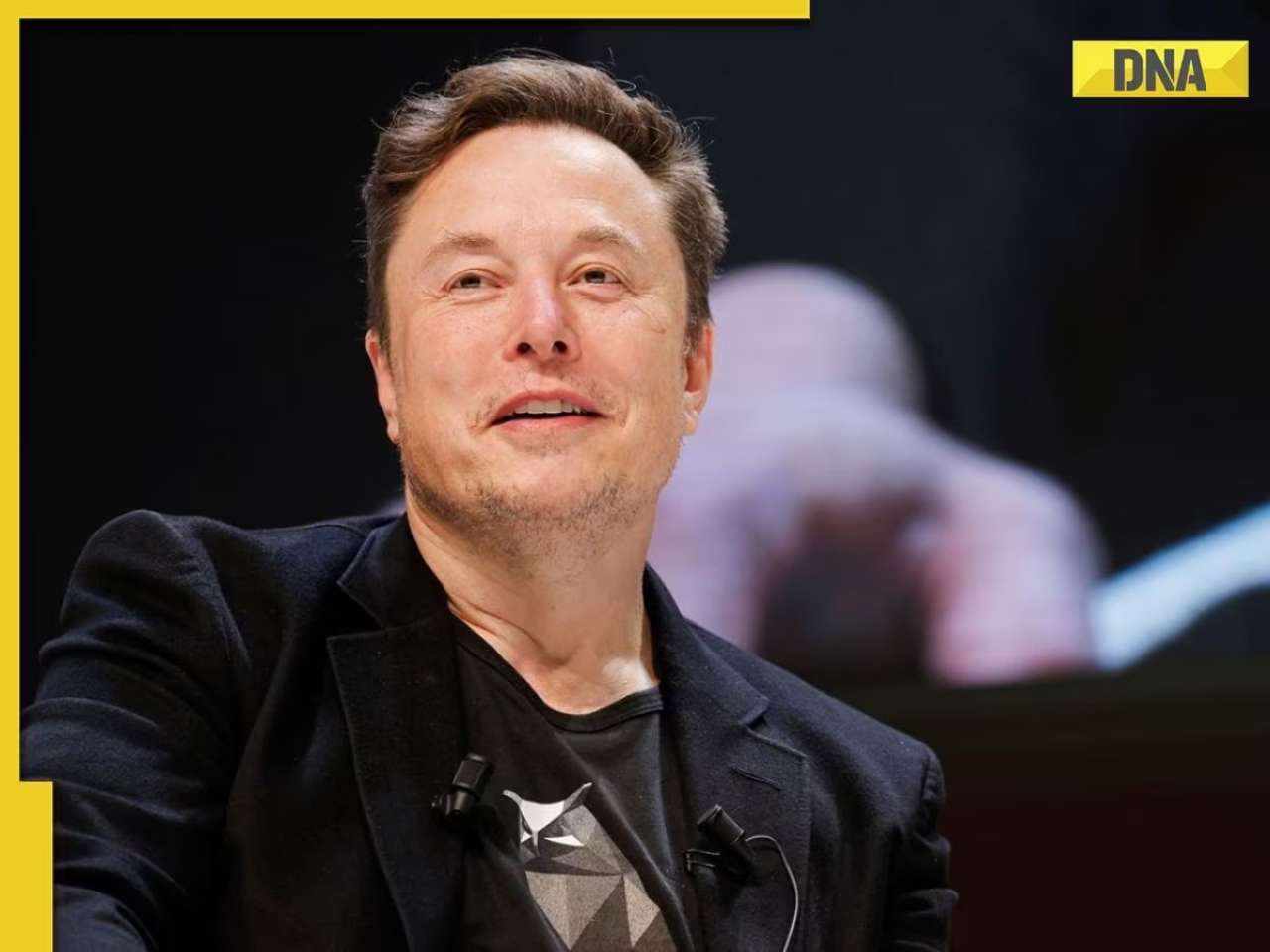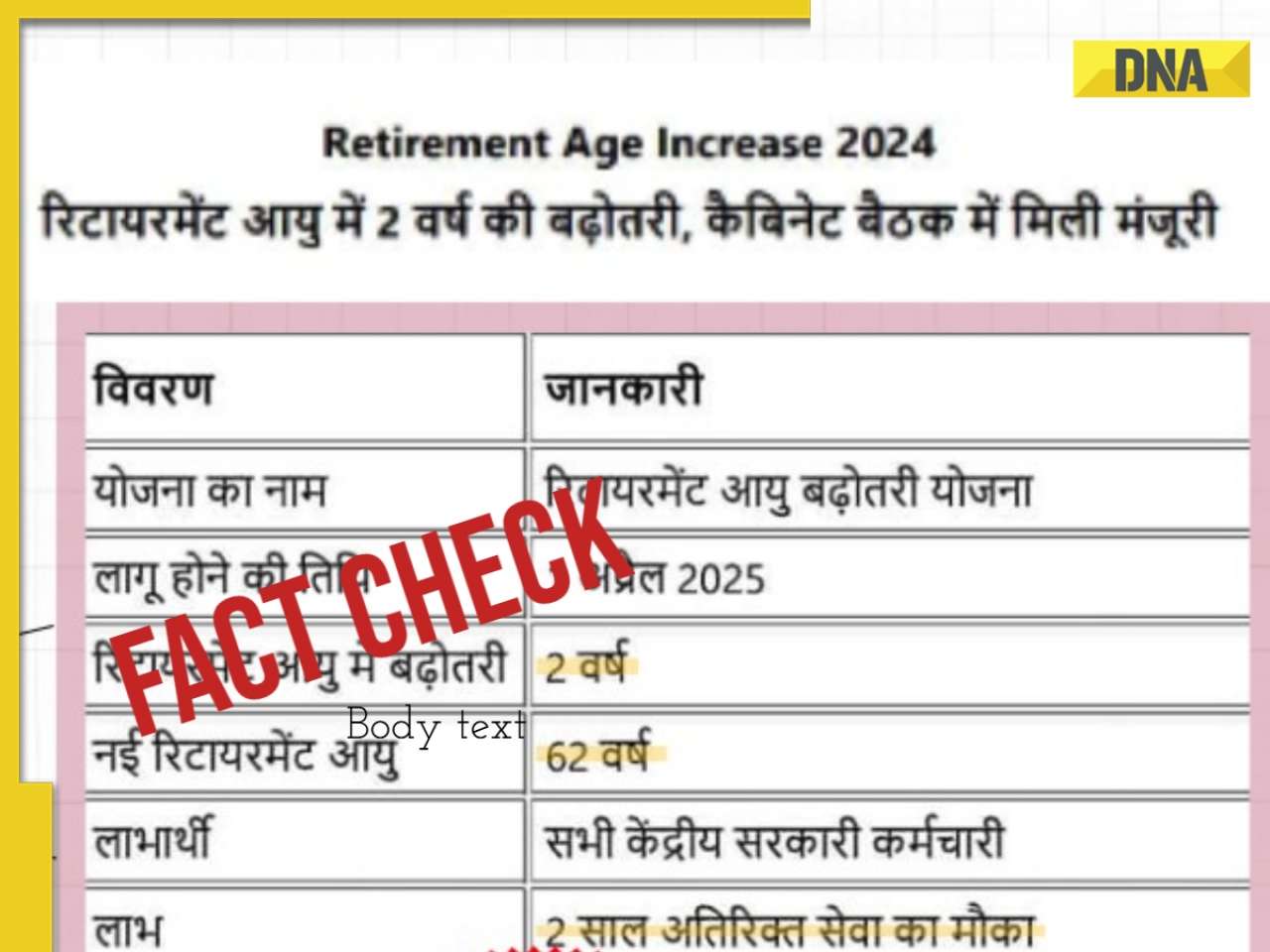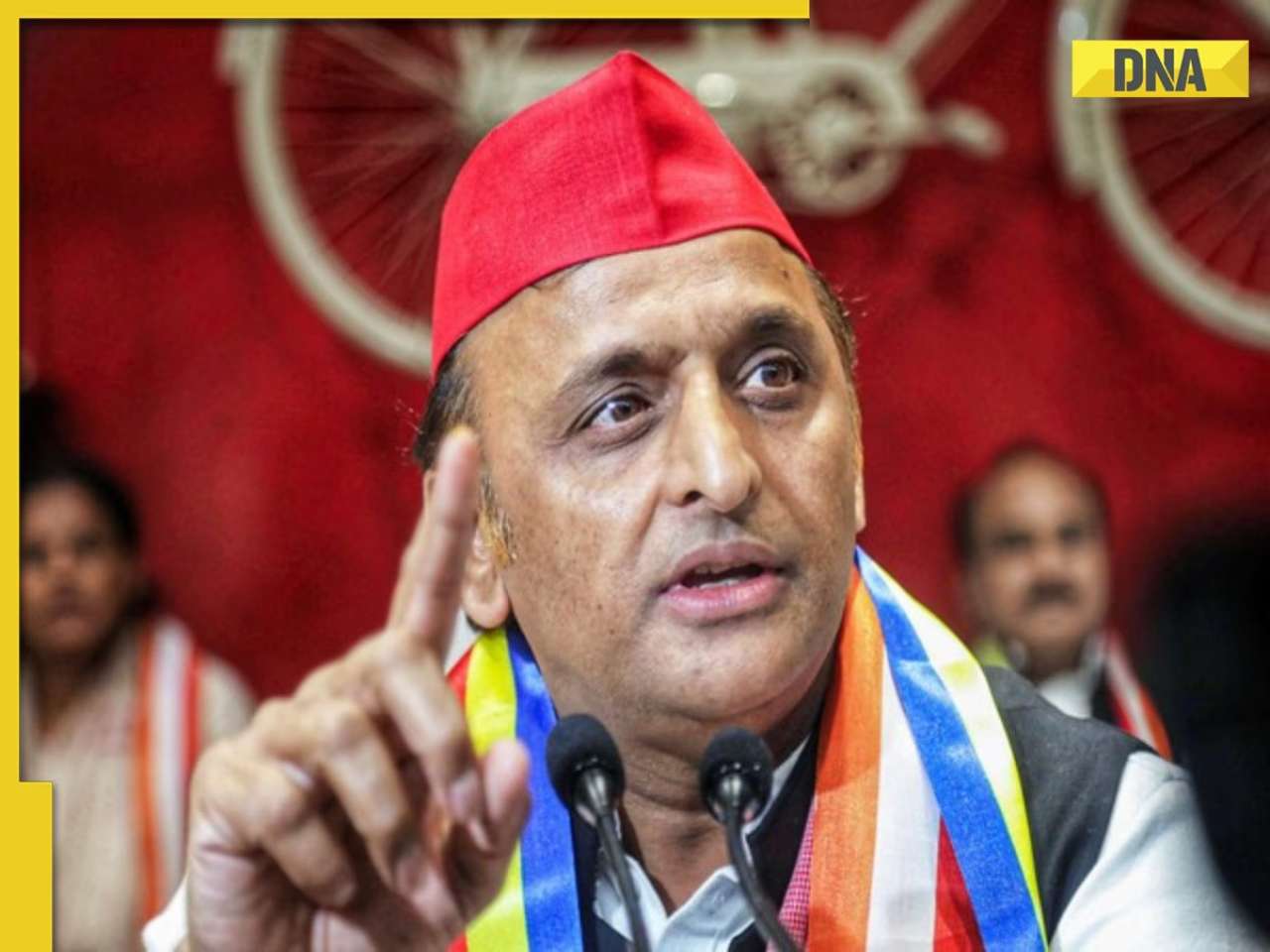- LATEST
- WEBSTORY
- TRENDING
PERSONAL FINANCE
The Game-Changing Strategy For Free Home Loans
In the dynamic landscape of personal finance, homeowners continually seek innovative strategies to minimise financial burdens and maximise wealth accumulation. We have come up with groundbreaking approach where homeowners can effectively neutralise these interest costs, rendering the home loan free.
TRENDING NOW
The Traditional Home Loan Paradigm
For years, the standard home loan model has been straightforward yet burdensome: borrow a significant amount, repay over decades, and pay interest that often exceeds the original loan.
For instance, if you're eyeing a property priced at ₹2 Crore, it might involve:
|
Maximum Loan Amount (75%) |
₹ 1.5 Crore |
|
Downpayment (25%) |
₹ 50 lakhs |
|
Loan Tenure |
₹ 30 years |
|
Interest Rate |
9% p.a. |
With these terms, the EMI comes to approximately:
|
EMI (Per Month) |
₹1,15,337 |
|
Total Interest Paid |
₹26,52,1328 |
|
Total Home Loan Repayment Amount |
₹41,52,1328 |
This means you're paying nearly double the property's value over the loan's lifetime—a significant financial strain that limits your ability to invest elsewhere.
Introducing the Interest-Free Home Loan Concept
An interest-free home loan doesn't imply the absence of interest charges by the bank but represents a strategic financial approach where the effective interest cost to the borrower is nullified. This is achieved through meticulous planning involving tax benefits, smart loan structuring, and intelligent investment of savings.
Maximising Tax Benefits: Harnessing Government Incentives
The Indian government offers substantial tax incentives to home loan borrowers:
- Section 80C: Allows a deduction of up to ₹1.5 lakh per annum on the principal repayment.
- Section 24(b): Permits a deduction of up to ₹2 lakh per annum on the interest component.
The Impact Over Time
- Total Interest Paid: On a standard 30-year home loan, the total interest payable can amount to around ₹2.65 Crore.
- Tax Savings: By utilising the deductions under Sections 80C and 24(b), homeowners can save up to ₹35 lakhs over the loan period.
Effective Interest Burden Post Tax Benefits
While the initial interest payment stands at ₹2.65 Crore, integrating the tax savings drastically reduces this figure.
After accounting for the ₹35 lakhs saved through tax benefits, the effective interest burden drops to approximately ₹2.30 Crore.
This reduction aligns with the objective of achieving a "free" home loan, where the tax advantages effectively lower the cost of borrowing.
|
Total interest to be paid |
Rs. 26,521,328 |
|
Tax savings in 30 years |
(34,66,935) |
|
Interest to be paid after taxes |
Rs. 23,054,393 |
Note: While these savings are substantial, external factors such as changes in tax laws, and variations in income can influence the actual benefits realised.
Strategic Loan Structuring: Borrow Smartly
One effective strategy is to reduce the loan amount if you have additional funds for a larger down payment. Let's consider adjusting the loan amount from ₹1.5 crore to ₹1 crore:
- New Monthly EMI: Approximately ₹76,891
- Monthly Savings on EMI: About ₹38,446
By borrowing less, you lower your EMI, which frees up cash flow for other financial ventures.
Investing EMI Savings Wisely
The monthly savings from a reduced EMI shouldn't just sit idle. Instead, investing this amount can significantly enhance your financial standing. Here's how:
- Monthly Investment Amount: ₹38,446
- Investment Vehicle: Systematic Investment Plans (SIPs), Mutual Funds, Stocks
- Assumed Annual Return: 10%
- Potential Wealth Accumulation Over 30 Years: Approximately ₹8.69 crore
This investment not only offsets the interest paid on the home loan but can substantially increase your net worth.
Offsetting Interest Payments
By reducing the loan amount and investing the EMI savings:
- Total Interest Paid on ₹1 Crore Loan: Approximately ₹1.8 crore
- Tax Savings: Around ₹33.5 lakh
- Net Interest After Tax Benefits: Roughly ₹1.46 crore
- Investment Returns Over 30 Years: Approximately ₹8.69 crore
The returns from the investments far exceed the net interest paid, effectively making the interest cost negligible.
A Holistic Financial Strategy
This approach isn't merely about minimising interest—it's a holistic financial strategy that combines prudent borrowing, tax optimization, and smart investing. It leverages government incentives and the power of compound interest to turn a significant financial obligation into an opportunity for wealth creation.
Conclusion
The concept of an interest-free home loan is not just a theoretical construct but a practical strategy that can redefine homeownership in India. By borrowing smartly, maximising tax benefits, and investing wisely, homeowners can transform their largest debt into a pathway for financial growth.
In a world where every rupee counts, such strategic financial planning empowers you to take control of your finances, reduce unnecessary costs, and build a secure and prosperous future.
(This article is part of DMCL Consumer Connect Initiative, a paid publication programme. DMCL claims no editorial involvement and assumes no responsibility, liability or claims for any errors or omissions in the content of the article. The DMCL Editorial team is not responsible for this content.)







)
)
)
)
)
)
)
)
)
)
)
)
)
)
)
)






























































